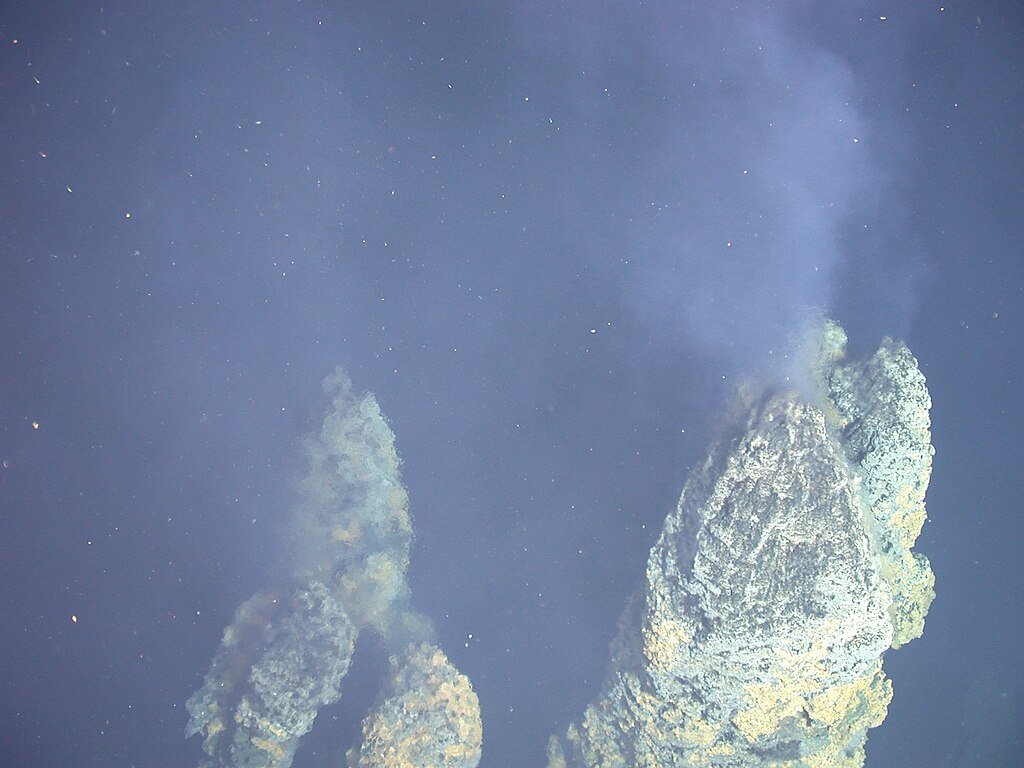Insects are arguably the most successful group of organisms on Earth. With over 1 million known species and potentially millions more yet to be discovered, they inhabit nearly every ecological niche imaginable. Despite their small size, insects impact global ecosystems in ways that are both profound and indispensable. This article explores how insects have evolved to dominate our planet through extraordinary adaptations and characteristics.
An Ancient Beginning

Insects have been around for hundreds of millions of years, with the earliest fossils dating back to the Devonian period, approximately 400 million years ago. Their long evolutionary journey has provided ample time to diversify and colonize a wide array of environments. The simple body structure and adaptability have allowed insects to withstand drastic changes in their habitats over millennia.
Morphological Diversity

One of the keys to insect success is their incredible morphological diversity. With structures varying from the hard exoskeletons of beetles to the delicate wings of butterflies, insects possess a wide variety of forms that facilitate survival. This versatility allows different species to exploit various ecological niches—from living in soil to flying in the sky.
Specialized Appendages

Insects have evolved specialized appendages that optimize their ability to interact with the environment. From the digging forelegs of mole crickets to the nectar-sipping proboscis of butterflies, these adaptations help insects access unique food sources, enhancing their survival and reproductive success.
Rapid Reproduction

Insects generally reproduce at a fast rate, often producing hundreds of offspring in one go. This rapid reproduction cycle helps them adapt quickly to environmental changes, ensuring that favorable traits are passed on to future generations. High reproduction rates also allow them to occupy suitable niches before more complex organisms can compete.
Metamorphosis and Life Cycle

Many insects undergo metamorphosis, a radical transformation that allows individuals to exploit different resources throughout their life stages. For instance, caterpillars (larvae stage) feed on abundant leaves, while butterflies (adult stage) consume nectar from flowers. This division of labor minimizes intraspecific competition and maximizes resource utilization.
Adaptability to Diverse Environments

Insects are incredibly adaptable, thriving in environments ranging from arid deserts to lush rainforests. Their capacity to occupy various climates and terrains owes much to their physiological flexibility. For example, some insects can enter diapause, a state of suspended development, allowing them to survive unfavorable conditions such as drought or winter cold.
Interdependence with Other Species

Insects play pivotal roles in ecosystems by forming mutualistic relationships with plants and other animals. Bees and other pollinators are crucial to the reproduction of flowering plants, while ants protect foliage from herbivores in exchange for nutritious nectaries. These relationships help maintain ecological balance and enhance biodiversity.
Exceptional Camouflage and Defense Mechanisms

Many insects have evolved incredible camouflage abilities to evade predators. The stick insect, for example, mimics twigs so closely that predators often overlook them. Other insects, like the bombardier beetle, deploy unique defense mechanisms, such as ejecting hot, noxious chemicals, to deter predators.
Communication and Social Structures

Insects employ sophisticated methods of communication, from the dance of the honeybee to the pheromone trails of ants. These communication systems facilitate complex social structures and cooperation, particularly in eusocial species like bees and termites, where individuals take on specialized roles to support the colony.
Impact on Human Life

Insects profoundly affect human life, both positively and negatively. While pests like mosquitoes can transmit diseases, beneficial insects such as bees play essential roles in agriculture through pollination. Biologically, insects contribute to waste decomposition and nutrient cycling, demonstrating their importance to human well-being and environmental health.
Conclusion: The Unstoppable Force of Nature

Insects have evolved unique adaptations, allowing them to thrive in virtually every corner of the globe. Their success results from a combination of rapid reproduction, adaptability, complex life cycles, and intricate ecological roles. As the planet continues to change, the resilience and evolutionary ingenuity of insects provide them with remarkable staying power. Understanding these fascinating creatures helps us appreciate the delicate balance that sustains life on Earth and the pivotal role they play in maintaining ecological systems.




